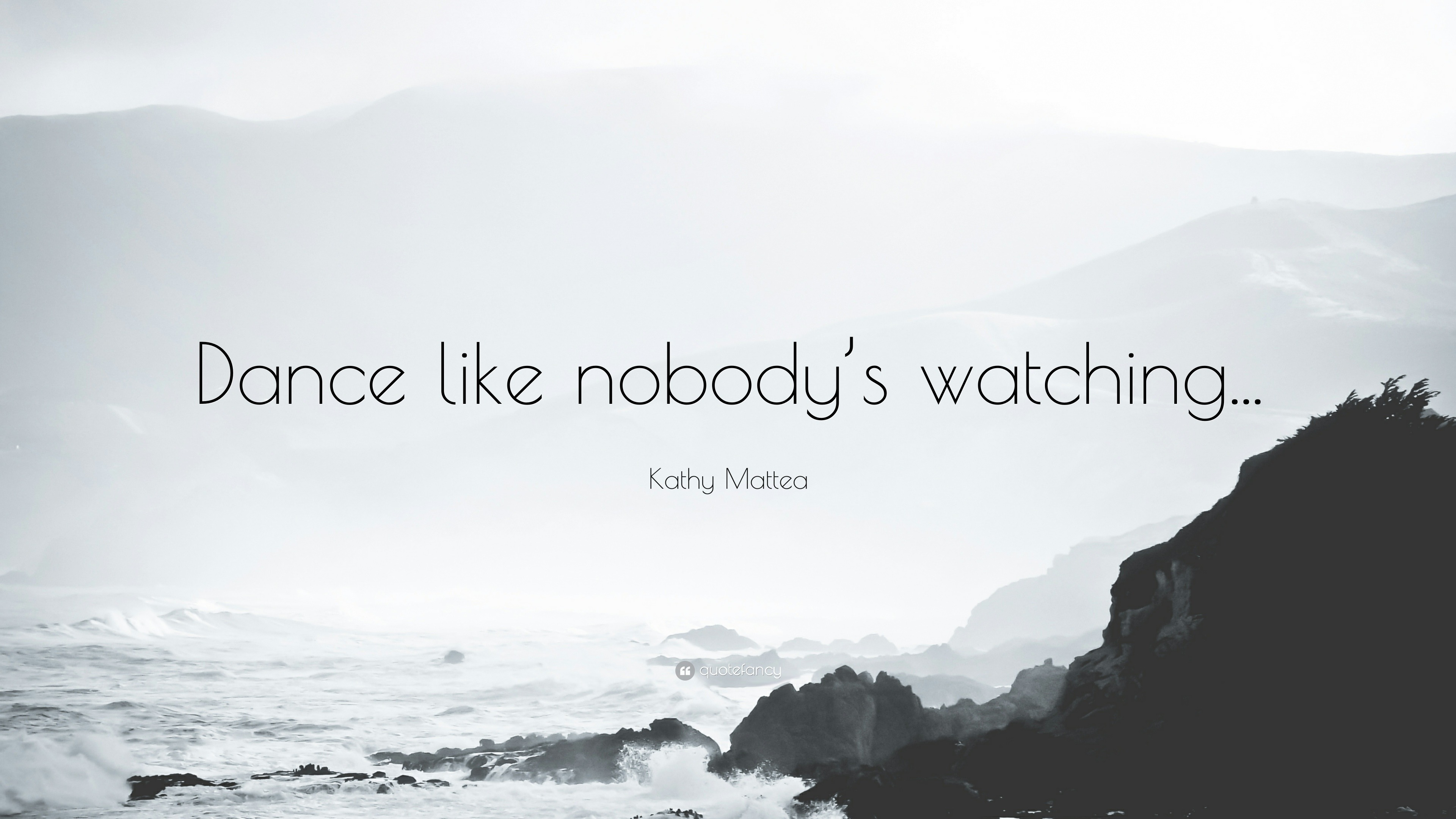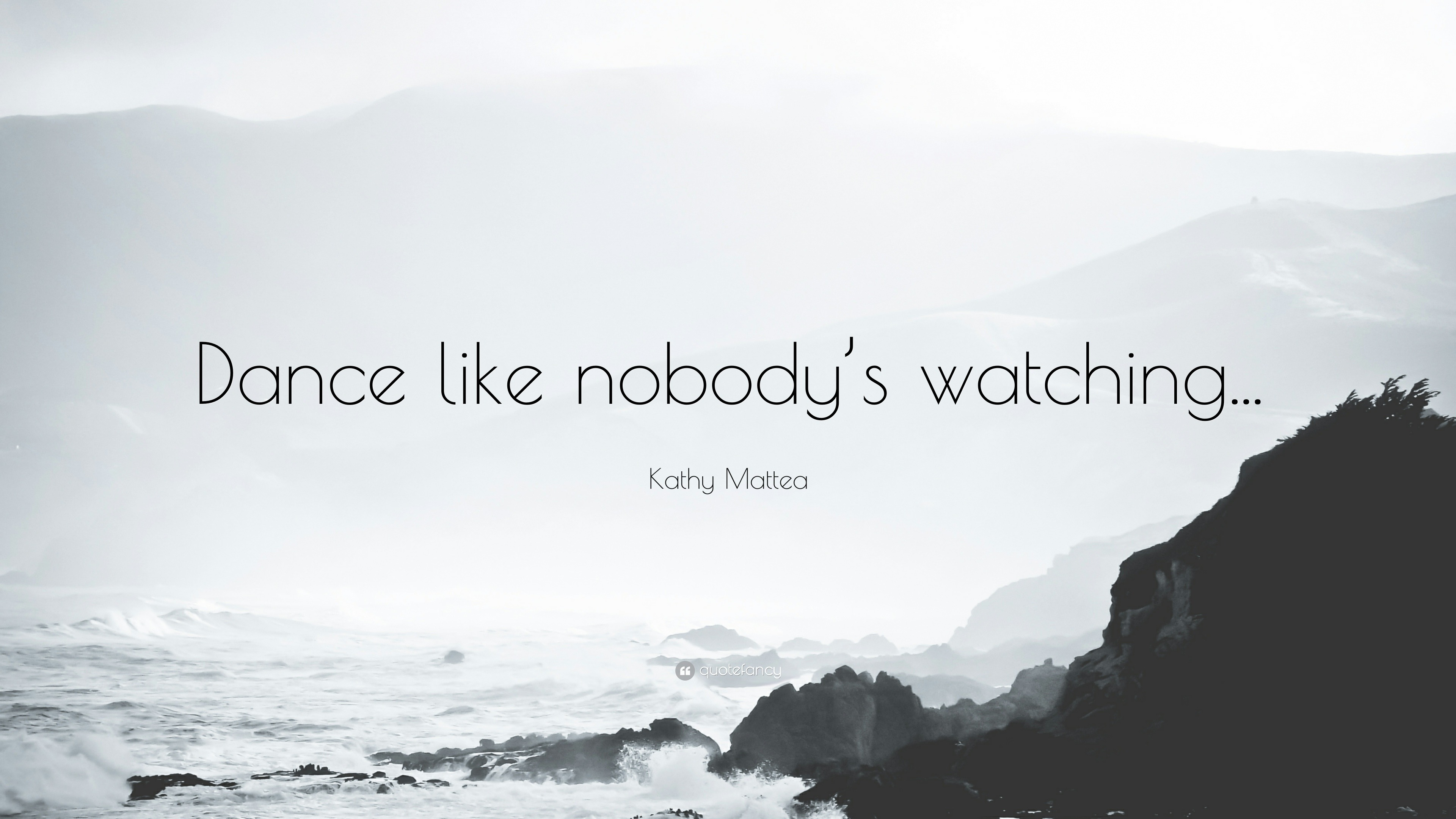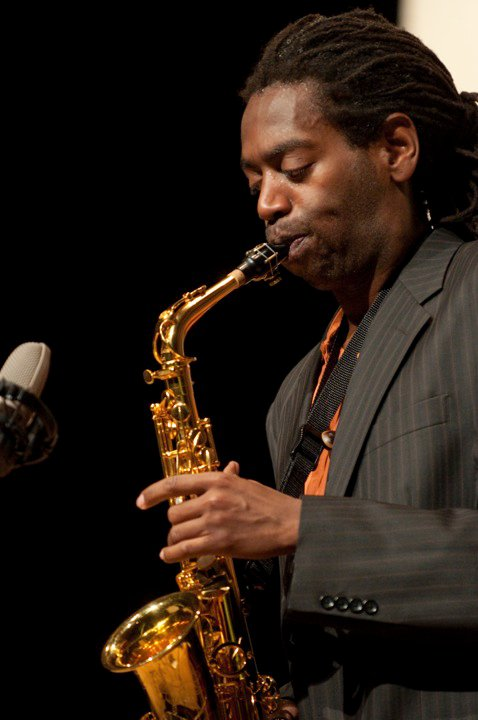Dance like someone is watching; it’s an exhilarating invitation to express yourself fully and without fear. As you immerse yourself in the rhythms and movements, consider the transformative power of dance as both a form of self-expression and a therapeutic release. Learning how to dance can enhance your ability to connect emotionally with others and yourself, creating beautiful narratives through movement. Whether you’re seeking dance tips to help you let loose or exploring the concept of dancing like nobody’s watching, the essence remains the same: embracing vulnerability in every step. Dance therapy not only boosts self-esteem but also cultivates a joyful spirit—so why not hit the dance floor where everyone can see your light shine?
Express yourself through dance—it’s a liberating journey that connects your emotions with physical movement. Engaging fully in the art of dance, whether in a structured class or at a lively gathering, allows you to explore your creativity and release your inhibitions. With the right guidance and supportive environment, you can learn how to dance in a way that feels instinctively free and natural. Remember, the invitation to let go and move is not just about performing for an audience; it’s about celebrating your individual rhythm and joy. So, whether you’re getting lost in the music or focusing on perfecting your routine, allow yourself to be seen and feel every beat.
Embracing the Freedom of Dance
Dance offers a profound sense of freedom that transcends mere physical movement. It is an art form that allows individuals to express emotions that words often fail to capture. This liberating experience is key in discovering how to dance and embracing the joy that comes with it. By understanding the principle of self-expression through dance, individuals can learn to shake off inhibitions and unlock their creative potential. Whether you are a beginner or an experienced dancer, harnessing this freedom can lead to personal growth and emotional release.
To fully embrace this freedom, it often helps to adopt a mindset of uninhibited expression. Techniques like ‘dancing like nobody’s watching’ encourage dancers to let go of their worries about appearance and judgment, allowing for genuine movement. This approach fosters a connection to one’s inner self, paving the way for a deeper interaction with the art of dance. It is in these moments of freedom that one may find the inspiration to create their unique style, exploring various genres and techniques.
Dance Like Someone is Watching: The Power of Presence
When we talk about dancing like someone is watching, it goes beyond performance; it’s about the energy and presence you bring to your movement. This mindset instills a sense of confidence and purpose in your dance. You don’t just dance; you perform for an invisible audience, creating a narrative with each movement. This self-awareness can dramatically enhance your engagement with the dance, encouraging you to break free from constraints and enjoy the moment more fully.
Moreover, dancing with this awareness impacts how you convey emotions and stories. Dance therapy can utilize this principle, where the intention of being seen opens up channels for emotional expression. It’s an invitation to break barriers and connect with audience members—whether they are physically present or not—fostering a meaningful connection that can elevate your dancing experience. This approach encourages dancers to not only focus on technique but to also be present, celebrating the joy of movement.
Lessons from Djine Foly: Dancing into Trance
The practice of djine foly offers a unique perspective on the spiritual aspects of dance that many may not fully appreciate. Originating from Mali, this traditional dance is not just a physical activity but a spiritual journey that helps participants tap into a deeper consciousness. When dancers engage in djine foly, they dance their way into a trance-like state, where the music and movement intertwine to evoke feelings of happiness and liberation. This connection to spiritual roots in dance emphasizes the importance of letting go and allowing oneself to be immersed in the experience.
Through this trance, dancers can experience catharsis, allowing for personal reflection and healing. Incorporating elements of dance therapy can also enhance this experience. Engaging in improvisational dance, for instance, allows individuals to unlock feelings and thoughts that might be hidden away. This technique encourages dancers to explore their emotions through movement, capturing feelings that might otherwise remain unexpressed. Therefore, djine foly teaches us that dance can indeed be a path to self-discovery and emotional release.
The Catharsis of Dance
Catharsis through dance can be a powerful process of emotional release that many find necessary to regain balance and clarity in their lives. Dance allows for the exploration of emotions that can sometimes feel overwhelming. The question arises: how to dance in a way that releases these pent-up feelings? The answer lies in letting go of concerns about how you look or whether your movements are technically ‘correct.’ Instead, focus on the expression of your emotions and engagement with the rhythm, as it is this raw authenticity that can lead to cathartic release.
Furthermore, the integration of dance movements—be it through hip hop, ballet, or traditional forms—can facilitate this emotional expression. Participants can engage in improvisational dance, which allows for spontaneous release and expression of feelings in a safe environment. This improvisation encourages dancers to connect with their body and mind, leading to a blissful state reminiscent of spiritual highs, similar to what one might experience during a robust discussion or an emotional performance.
Finding Your Unique Dance Voice
Every dancer has a unique voice that deserves to be heard. Finding this voice involves connecting with oneself and reflecting on the emotions you wish to express. As you learn how to dance, aim to discover your individual style by experimenting with different movements and techniques. Dance tips suggest incorporating elements from various genres like jazz, contemporary, or even street dance to uncover your personal flair. There is no right or wrong in expressing yourself through movement, as authenticity shines brightest when you dance from the heart.
Using inspiration from various cultural dances can also inform your personal style, enriching your dance narrative. By understanding the history and emotion behind different forms of dance, you can weave these influences into your practice. This blending of styles not only enhances your skills but also deepens your connection to the dance form, allowing you to communicate your story more effectively. Embrace every opportunity to dance, whether independently or in groups, as each experience contributes to finding and defining your unique dance voice.
Releasing Judgments in Dance
One of the most challenging aspects of learning to dance is overcoming the fear of judgment. The societal pressure to look good can overshadow the true purpose of dance, which is self-expression and enjoyment. A key tip to combat this is to remember to dance like nobody’s watching. This not only liberates you from self-consciousness but allows for true exploration of your movements. It translates the dance floor into a space of pure creativity, inviting spontaneous expressions that only emerge when we drop our inhibitions.
Creating an environment where freedom of movement is celebrated encourages a fellowship among dancers. In classes, it’s essential to cultivate a supportive community that embraces diversity in motion. By engaging in activities like group improvisations or free dance sessions, you can lessen the focus on technical execution and channel your energy towards exploration. This sense of freedom fundamentally shifts the purpose of dance from mere aesthetics to a communal, invigorating experience.
The Therapeutic Benefits of Dance
Dance therapy has gained recognition for its ability to facilitate healing and personal growth. By combining movements with emotional expression, dance acts as a medium for individuals to explore feelings, decrease anxiety, and improve overall mental health. This therapeutic approach aligns perfectly with our inherent need to express ourselves through art. Dance engages both the mind and body, promoting physical awareness while encouraging emotional processing.
As an integral part of dance therapy, participants are guided to explore a spectrum of feelings through movement—making it an astonishing tool for self-discovery. In sessions, they learn to let go of inhibitions and embrace spontaneity, experiencing relief from emotional burdens. By partaking in different rhythms and styles, individuals find their voices and can express otherwise difficult emotions. The journey often results in not only catharsis but also empowerment, leading to stronger connections within oneself and with others.
Exploring Dance Styles for Self-Discovery
Exploring diverse dance styles is a crucial step in your journey of self-discovery. Each genre, from ballet to salsa, offers unique techniques and emotional expressions, allowing dancers to find what resonates most with them. As you navigate through different styles, you may tap into new influences that shape your personal dance narrative. This exploration not only improves technical skills but encourages you to communicate your authenticity through movement.
To enhance this journey, dedicated classes and workshops can be invaluable resources. Engaging with various teachers introduces you to fresh perspectives and nuances of each style, fueling your passion and creativity. This engagement further empowers you to infuse your personal experiences into your dance, elevating it to a profound form of storytelling that reflects who you are. Each new rhythm and step can be a revelation, paving the way for a more fulfilling connection to both dance and yourself.
The Community Aspect of Dance
Community plays a pivotal role in the world of dance. Inspired by collective energy, many dancers find joy and motivation in group settings, where they can share their passion for the art. Dance classes and social dance events foster connections, creating a supportive environment that encourages participants to embrace their unique styles. This sense of belonging can significantly enhance the overall experience and encourage ongoing growth.
Moreover, connecting with fellow dancers can inspire creativity and collaboration. Engaging in group choreography allows for the merging of ideas and techniques that can lead to remarkable performances. Whether it’s through participating in dance circles, competitions, or community events, the essence of camaraderie not only enriches individual experiences but also cultivates a vibrant dance culture. Building these relationships taps into the community aspect of dance, reaffirming that together, we can truly celebrate this art form.
Frequently Asked Questions
What does it mean to dance like someone is watching?
To dance like someone is watching means to express yourself fully and authentically through movement, embracing the confidence that comes from being seen. It’s about letting go of inhibitions and allowing your passion for dance to shine, regardless of audience judgment.
How can I improve my dance skills to dance like someone is watching?
To enhance your dance skills, focus on practicing regularly, exploring different styles, and taking classes. Consider incorporating dance therapy techniques to connect more deeply with your body and emotions, which can also help you express yourself more freely when dancing as if someone’s watching.
What are some tips for dancing like someone is watching during a performance?
When preparing to dance like someone is watching, remember to maintain strong body posture, make eye contact, and engage with your audience. Use expansive movements and emphasize your facial expressions to convey the emotions behind your dance. Finally, practice mindfulness to stay present and enjoy the moment.
Can self-expression through dance help with anxiety?
Yes, self-expression through dance can significantly alleviate anxiety. Engaging in dance therapies allows individuals to release pent-up emotions and connect with their inner selves, promoting a sense of freedom and joy. Dance like someone is watching can empower you to let go of fears and embrace vulnerability.
How does dancing like nobody’s watching differ from dancing like someone is watching?
Dancing like nobody’s watching encourages a sense of freedom where you can move without fear of judgment, allowing for authentic self-expression. In contrast, dancing like someone is watching invites a level of performance where you intentionally connect with an audience, infusing your movements with intention and charisma.
Is there a connection between dancing like someone is watching and dance therapy?
Absolutely! Both concepts focus on using dance as a form of expression and communication. Dance therapy enables individuals to explore their feelings and experiences through movement, while dancing like someone is watching can serve as a powerful metaphor for expressing oneself boldly and confidently in a public space.
What mental benefits come from dancing like someone is watching?
Dancing like someone is watching fosters confidence, boosts self-esteem, and enhances social connections. It encourages individuals to step out of their comfort zone, celebrate their uniqueness, and develop a sense of belonging as they express themselves through dance.
What role does community play in dancing like someone is watching?
Community plays a crucial role in dancing like someone is watching, as it creates a supportive environment where individuals can share their dance expressions openly. When people dance together, they inspire one another, cultivate friendships, and foster a sense of belonging that enhances the overall dance experience.
How can beginners learn to dance like someone is watching?
Beginners can learn to dance like someone is watching by starting with basic classes, developing their rhythm, and gradually building confidence. It’s essential to focus on enjoyment rather than perfection, allowing self-expression to flourish and embracing the mindset that everyone is watching your unique journey.
Why is it important to embrace the idea of dancing like someone is watching?
Embracing the idea of dancing like someone is watching is important because it encourages you to be proud of who you are and to celebrate your individuality. It transforms the act of dancing into a form of storytelling, where your movements convey your emotions and experiences to an audience, fostering deeper connections and greater self-awareness.
| Key Points | Details |
|---|---|
| Dance Like Someone’s Watching | Emphasizes the importance of being seen in dance and using movement as expression. |
| Choreographer’s Insight | Jeffrey L. Page encourages dancers to express themselves freely, letting go of self-consciousness and focusing on the joy of movement. |
| Cultural Significance | Highlights the Malian practice of djine foly, where dance leads to trance and spiritual joy, connecting the dancer to a greater narrative. |
| Liberation Through Dance | Dancing serves as a cathartic release, breaking free from societal expectations and norms. |
| Encouragement to Dance | Page advocates for a lack of concern about appearance while dancing. Just embrace the moment and express oneself, shouting if necessary to let it all out! |
Summary
Dance like someone is watching is not just a phrase; it encapsulates the exhilarating connection between self-expression and audience perception in dance. By embracing this mindset, dancers can liberate themselves from the chains of self-doubt and societal expectations, moving instead toward a state of joyful authenticity. Jeffrey L. Page’s insights remind us that through dance, we can transcend the ordinary, experiencing spiritual and emotional release. So the next time you step onto the dance floor, remember to dance like someone is watching – because in that vibrant act, you liberate your true self.



